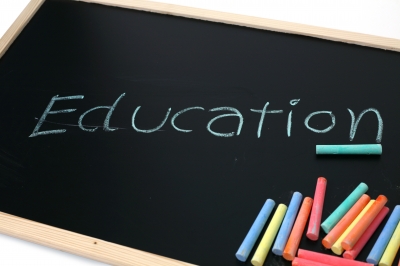A lot is varying in higher education.
Most essentially, apprentice themselves are changing. Subsequent to long decades of ruling out, college access has extended opportunities for minority students, first-generation students and low-income students. In this year students are more probable to attend community college than any other postsecondary alternative and more probable to be older and living away from campus and may be joining part-time while balancing work as well as family.
The symbolic picture of an 18-year-old high school graduate walking across a blossoming campus toward her dorm room no longer reflects the actuality of today's college student.
Institutions of higher education are act in response to these changes, partially by making course delivery more pliable. Technology has prepared this even further possible, introducing teaching as well as learning that is less forced by time and place. Technology is as well making new kinds of embedded assessment and adaptive curriculum possible, permitting instructors and students to distinguish with greater accuracy a student's mastery of material or skills.
The need for higher education is rising, fine beyond the capacity of traditional institutions. It is simple to see why. As President Obama has believed, the time while a high school diploma could escort to a good middle class job is gone. In today's economy as well as tomorrows, some type of postsecondary degree or diploma is essential. That's why we are devoted to policies that raise access to high-quality programs, to keeping those programs reasonable for all as well as to ensuring quality outcomes for students.

Beyond of the traditional colleges along with universities, a vivacious marketplace for learning is up-and-coming, whether from side to side stand-alone MOOCS, boot camps their center of attention is on training students for particular skills like computer coding, online skills courses plus institutional experimentation with competency-based programs as well as degrees. We applaud this beckon of innovation and suppose that the innovators are leading the means to a system of higher education that is more open, habitually less costly, broadly customizable to the needs of students as well as more transparent in terms of its outcomes.
A lot of the programs now to be had outside of traditional higher education are of elevated quality as well as many earn learners access to new skills, new knowledge and new opportunities. A few though are not. That's not the dilemma, though. The dilemma is that we have hardly any tools to differentiate the high-quality programs from the poor-quality ones. The usual mechanism we utilized to assess quality in higher education, accreditation was not built to assess these types of providers. Furthermore even if they were, even the finest programs as well as those serving low-income students would not, in current rules, be certified to be given federal financial aid for the reason that they are "programs" or "courses," and not "institutions."
The U.S. Department of Education (ED) is concerned in accelerating along with focusing the ongoing conversations about what superiority assurance might look like in the era of rapidly expanding educational opportunities that are not traditional institutions of higher education. We are predominantly interested in thinking about quality assurance in the course of the lens of measurable student outcomes and competencies. We have no stake in sustaining one or another specific set of learning outcomes. Relatively, we are fascinated in the fact that outcomes matter as well as ought to be the centerpiece of any type of quality assurance. Results, in this vision of the future are clear claims for student learning, move further than mere statements of knowledge to what students can do with that knowledge and are measurable.
Over the upcoming weeks and months we seek to employ broadly with the field to help deepen our understanding of how to identify high-quality non-traditional programs. We think that a fresh set of quality assurance questions will need to be developed to ask hard, significant questions about student learning and outcomes. These questions will assist students, taxpayers as well as those appraising educational programs separate programs that are high-quality from those that do not meet the bar. Such a quality assurance procedure will rely much less on inputs, where the prominence of much accreditation still rests, also will instead focus on outputs and evidence.